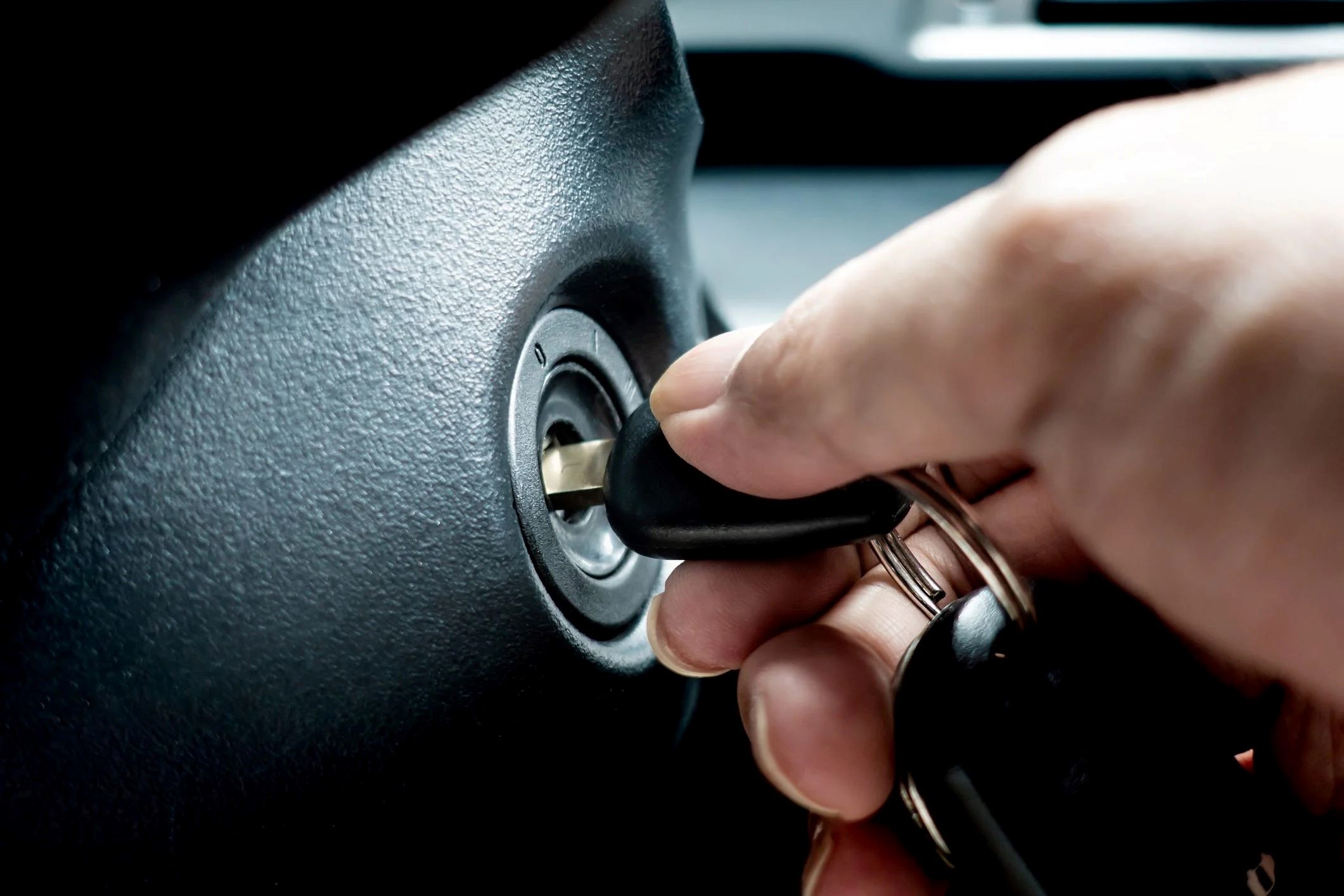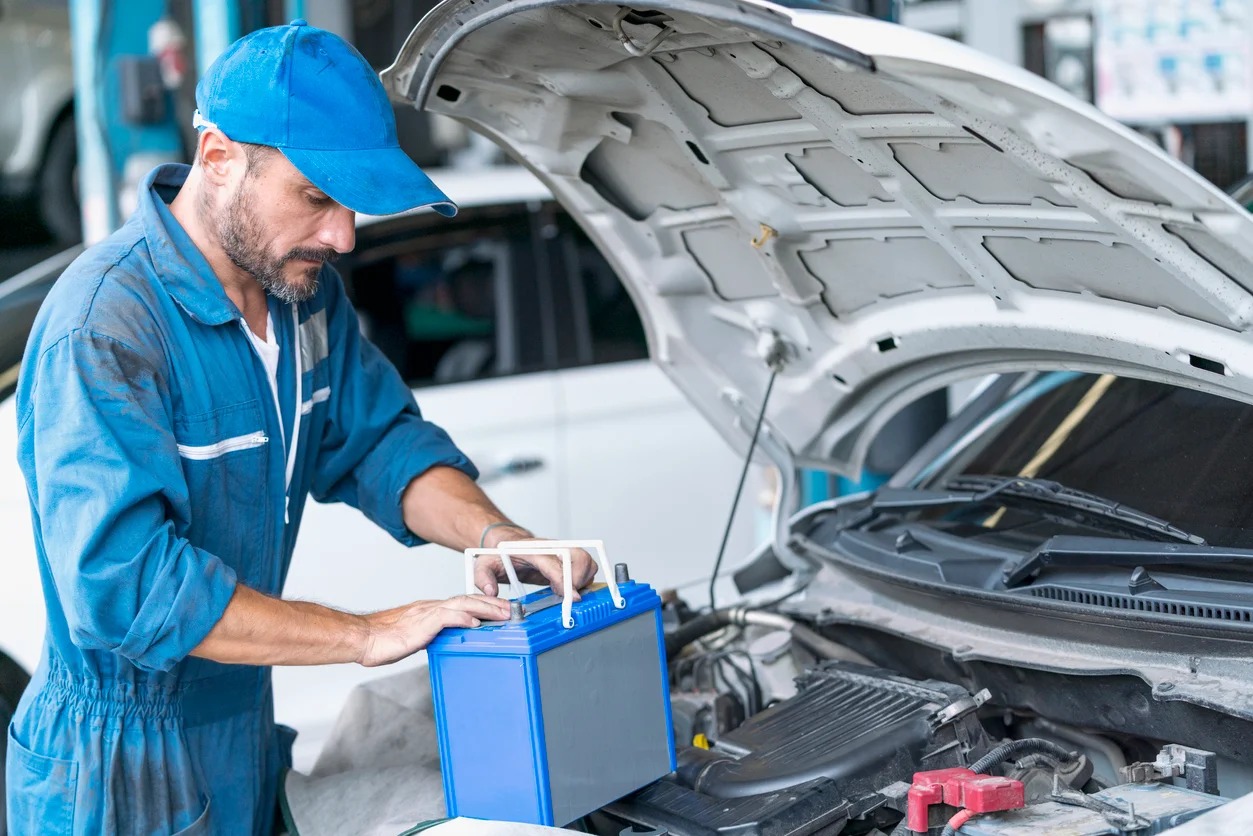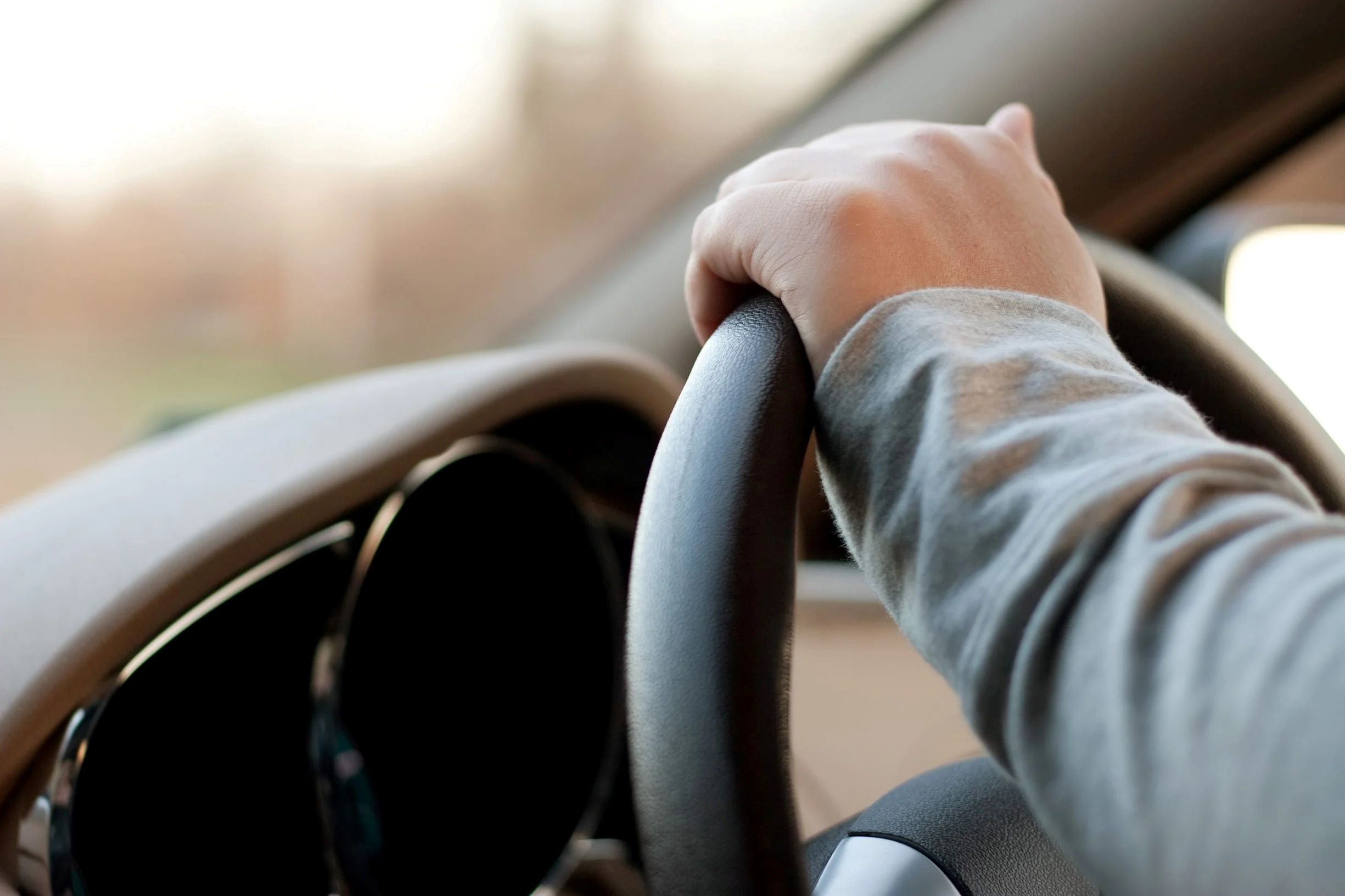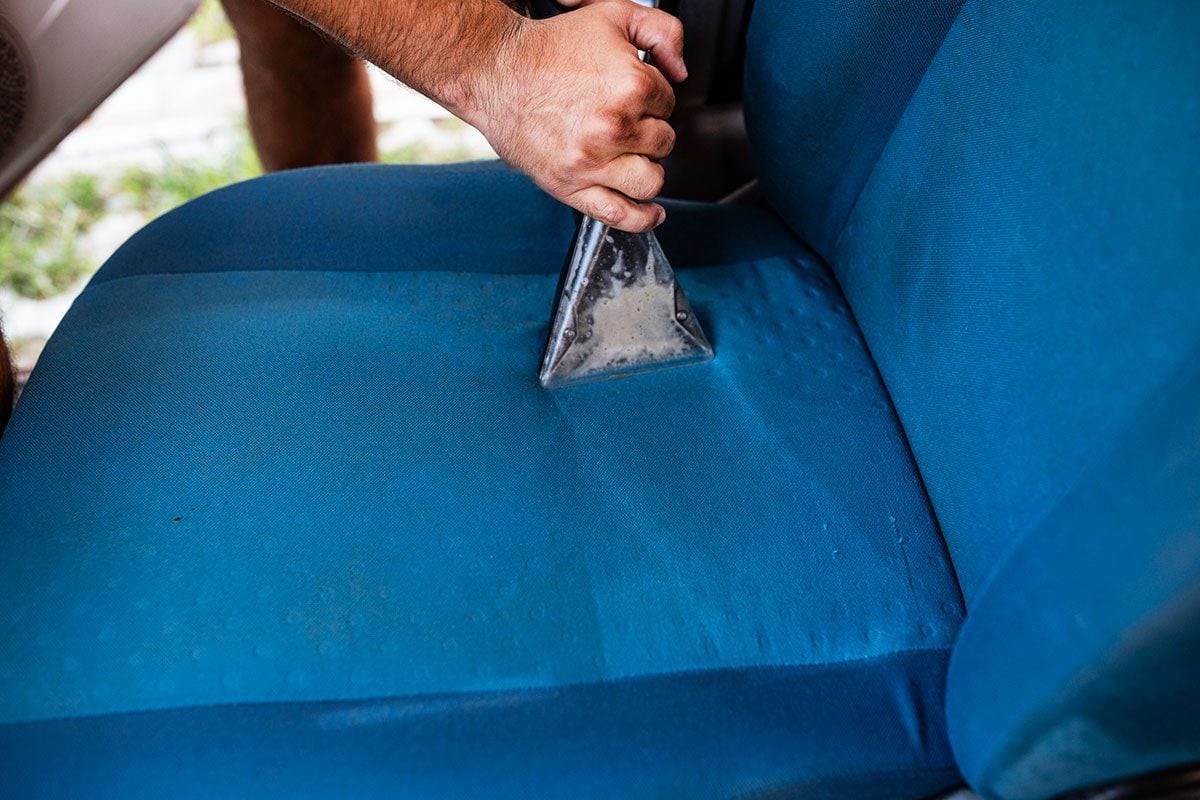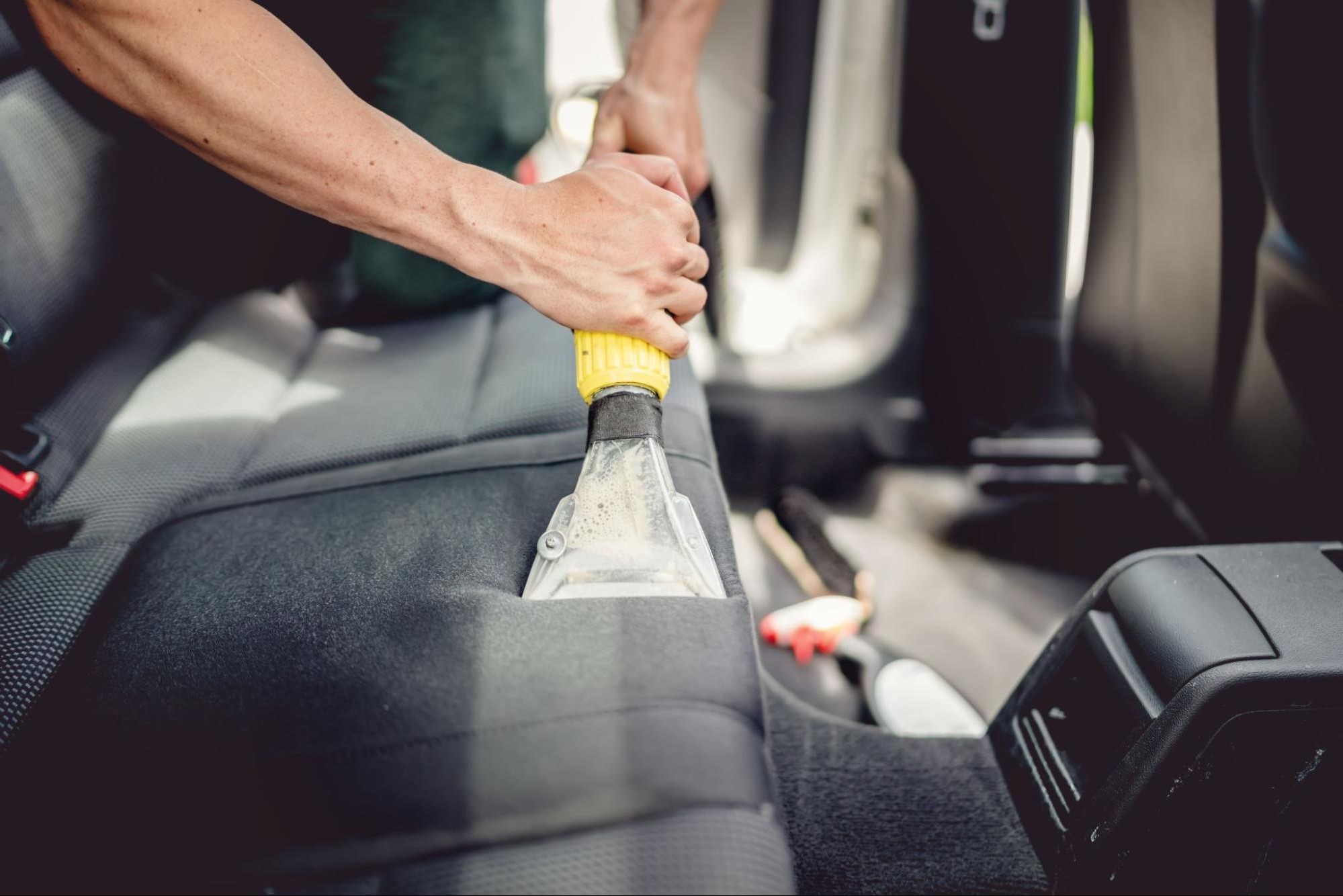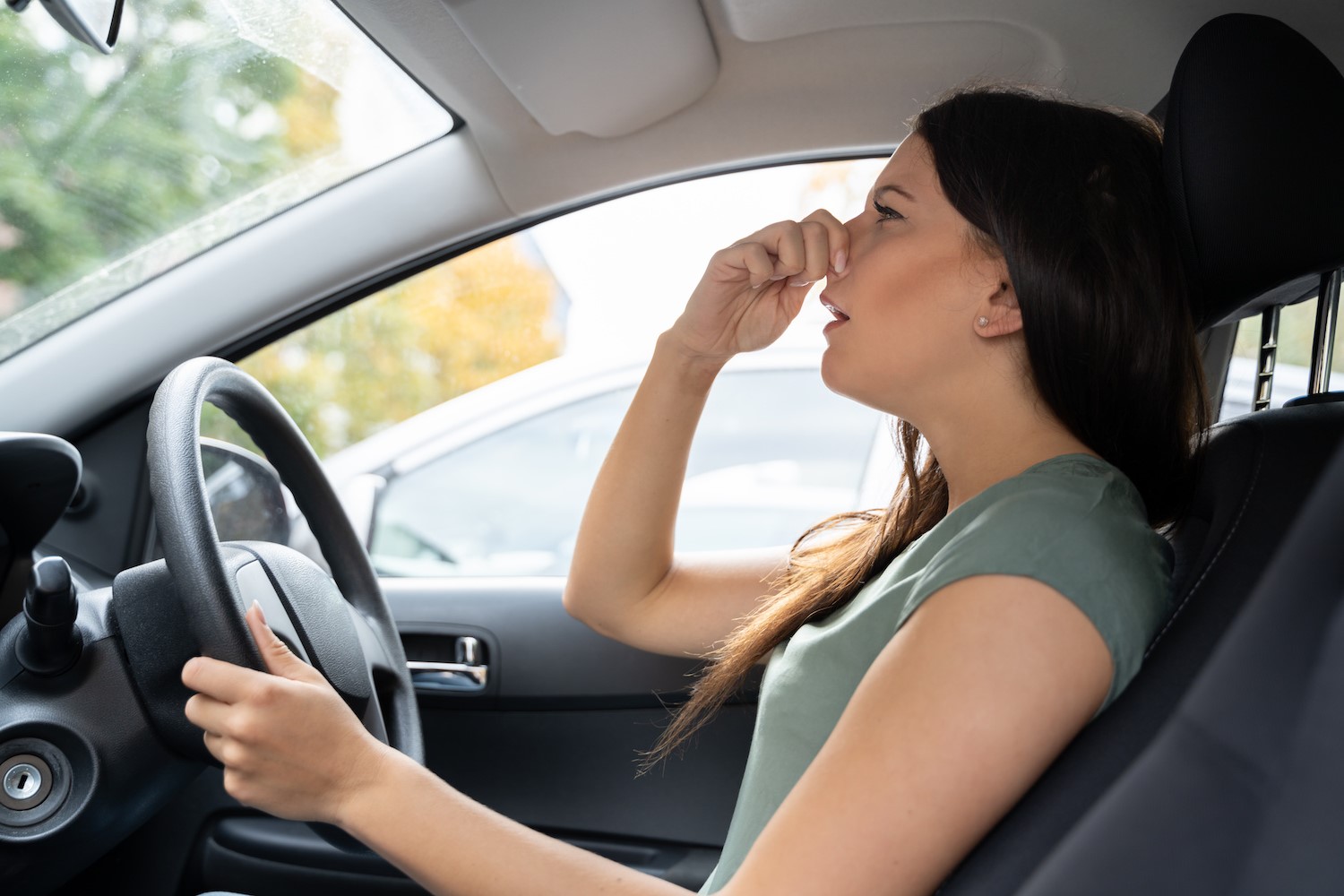Home>Automotive>Car Won’t Start? Find Out If It Needs A New Starter!
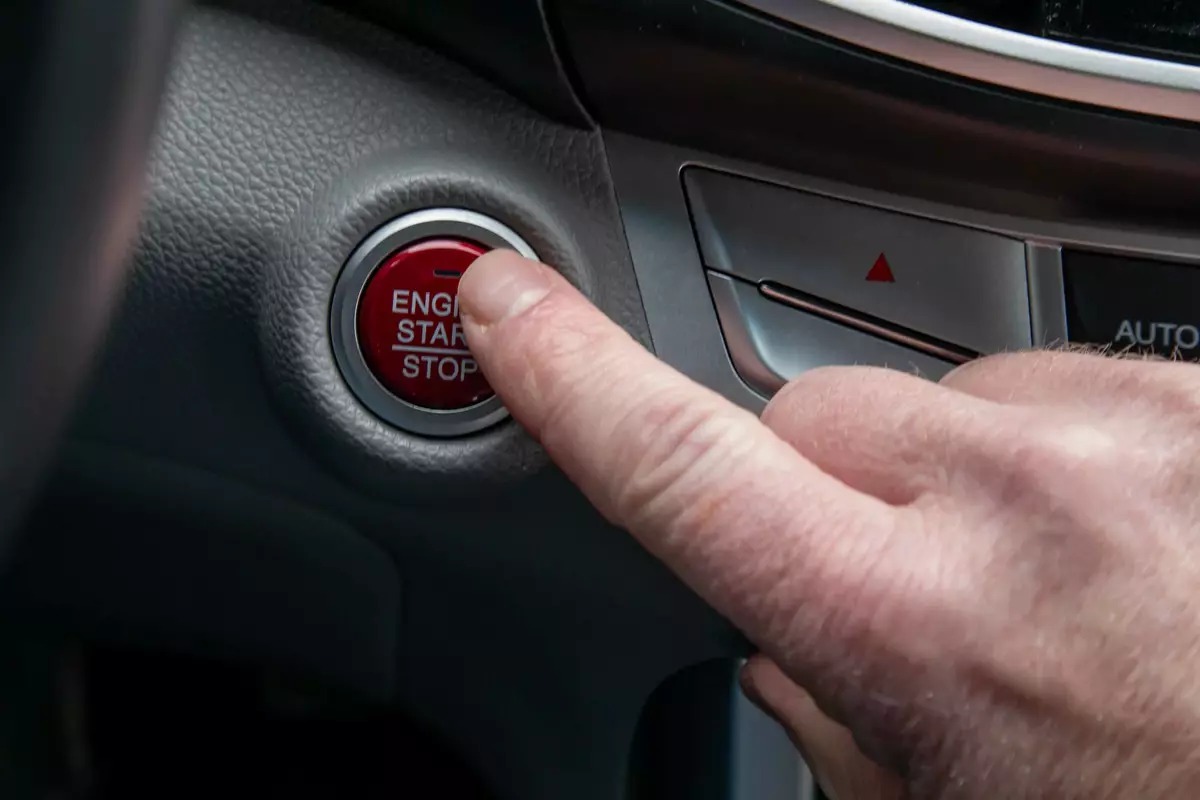

Automotive
Car Won’t Start? Find Out If It Needs A New Starter!
Published: January 23, 2024
If your car won't start, it could be a faulty starter. Learn how to diagnose and replace it to get back on the road. Find expert tips and advice on automotive starter issues.
(Many of the links in this article redirect to a specific reviewed product. Your purchase of these products through affiliate links helps to generate commission for Noodls.com, at no extra cost. Learn more)
Table of Contents
Introduction
When you turn the key in the ignition of your car, you expect the engine to roar to life, ready to take you wherever you need to go. However, there may come a time when you experience the disheartening silence of a car that won't start. This frustrating situation can be caused by a variety of issues, with one of the most common culprits being a faulty starter.
The starter plays a crucial role in the operation of your vehicle, as it is responsible for initiating the engine's combustion process. Think of it as the catalyst that sets everything in motion. Without a functioning starter, your car's engine simply won't start, leaving you stranded and inconvenienced.
Understanding the importance of the starter and recognizing the signs of a failing one can save you from unexpected breakdowns and costly repairs. In this article, we will delve into the world of car starters, exploring their function, common indicators of failure, and the steps to take when faced with a malfunctioning starter. So, if you've ever found yourself in the frustrating predicament of a car that won't start, this guide will equip you with the knowledge needed to diagnose and potentially resolve the issue. Let's embark on this journey to uncover the mysteries behind a non-starting car and unravel the role of the elusive starter.
Understanding the Starter
The starter is a small yet mighty component nestled within the intricate machinery of your vehicle. Its primary function is to initiate the engine's combustion process, setting the entire system in motion. When you turn the key in the ignition, a signal is sent to the starter, prompting it to engage with the engine's flywheel or flexplate. This engagement results in the rotation of the engine, allowing the combustion process to begin and the car to start.
Physically, the starter is comprised of several key elements, including the solenoid, motor, and drive gear. The solenoid serves as a relay switch, transmitting electrical current from the battery to the motor. This surge of power activates the motor, which then turns the drive gear. The drive gear, in turn, meshes with the flywheel or flexplate, initiating the engine's rotation.
In traditional gasoline-powered vehicles, the starter is typically located near the back of the engine, where it can easily engage with the flywheel. In contrast, modern electric and hybrid vehicles often feature starters integrated into the transmission or mounted directly on the engine.
Understanding the intricacies of the starter's operation sheds light on its vital role in the functionality of your vehicle. Without a properly functioning starter, the engine cannot begin its combustion process, rendering the car immobile and unresponsive.
As a crucial component of the vehicle's starting system, the starter is designed to withstand significant wear and tear. However, over time, various factors such as frequent use, extreme temperatures, and general wear can take a toll on its performance, leading to potential malfunctions.
By comprehending the fundamental role of the starter and its interplay within the broader mechanics of the vehicle, you gain valuable insight into the potential causes of starting issues. Armed with this knowledge, you can better identify and address any concerns related to the starter, ultimately ensuring the smooth operation of your vehicle.
Signs of a Failing Starter
Recognizing the signs of a failing starter is essential for preempting potential starting issues and avoiding unexpected breakdowns. Here are some common indicators that may point to a failing starter:
-
Engine Cranking but Not Starting: One of the primary signs of a failing starter is when you hear the engine cranking but it fails to start. This indicates that the starter motor is functioning, but for some reason, it is unable to engage with the engine's flywheel or flexplate effectively.
-
Unusual Noises: If you notice unusual grinding, whirring, or clicking noises when turning the key in the ignition, it could be a sign of a failing starter. These sounds often indicate that the starter motor is struggling to engage or disengage with the flywheel, suggesting potential mechanical issues.
-
Intermittent Starting: A starter nearing the end of its lifespan may exhibit intermittent starting behavior. Your car may start normally on some occasions, while on others, it may require multiple attempts to start, or it may not start at all. This inconsistency often points to underlying starter problems.
-
Slow Cranking: When you turn the key and the engine cranks slowly or sluggishly, it could be a symptom of a failing starter. This sluggish cranking indicates that the starter motor is not receiving sufficient electrical power to function optimally, possibly due to internal wear or electrical issues.
-
Smoke or Burning Smell: In some cases, a failing starter may emit smoke or produce a distinct burning odor. This could stem from electrical malfunctions within the starter motor, necessitating immediate attention to prevent potential safety hazards.
-
Dashboard Lights Dimming: When attempting to start the car, if you notice the dashboard lights dimming significantly or flickering, it could be an indication of the starter drawing excessive power, potentially due to internal malfunctions or wiring issues.
-
Visible Damage: Physical damage or corrosion on the starter, solenoid, or electrical connections can also signify potential issues. Visual inspection of these components can provide insights into the overall condition of the starter and help identify any visible signs of wear or damage.
By remaining vigilant for these telltale signs, you can proactively address potential starter issues before they escalate into more severe problems. Identifying and addressing these symptoms promptly can help prevent unexpected breakdowns and costly repairs, ensuring the continued reliability and performance of your vehicle.
Diagnosing the Issue
When faced with a non-starting car, diagnosing the issue is crucial for pinpointing the root cause and implementing the necessary repairs. Here's a comprehensive guide to diagnosing potential starter issues and determining the appropriate course of action.
-
Battery Inspection: Begin by inspecting the car's battery, as a weak or depleted battery can mimic symptoms of a failing starter. Check for visible corrosion on the battery terminals, ensure that the connections are secure, and test the battery's voltage using a multimeter. A healthy battery typically registers around 12.6 volts when fully charged. If the battery is found to be the culprit, recharging or replacing it may resolve the starting issues.
-
Starter Solenoid Test: The starter solenoid plays a critical role in initiating the starter motor. To test the solenoid, have a helper turn the ignition key while you listen for a distinct click emanating from the starter area. If the solenoid produces a click but the starter motor does not engage, it may indicate solenoid failure. Conversely, if no click is heard, the solenoid or its electrical connections may require attention.
-
Starter Motor Evaluation: If the solenoid test yields positive results, the next step is to assess the starter motor itself. A common method involves tapping the starter gently with a tool while attempting to start the car. If tapping the starter prompts it to engage and the engine starts, it could indicate worn internal components or electrical issues within the starter motor.
-
Electrical System Check: A comprehensive inspection of the vehicle's electrical system is essential for identifying potential issues. Examine the wiring connected to the starter for signs of damage or corrosion, ensuring that all connections are secure and free from debris. Additionally, testing the voltage supply to the starter can reveal any irregularities that may impede its operation.
-
Professional Diagnosis: If the aforementioned steps do not yield conclusive results, seeking professional assistance from a qualified mechanic or automotive technician is advisable. They can conduct advanced diagnostics using specialized tools to pinpoint the exact cause of the starting issues, potentially uncovering underlying electrical or mechanical concerns that require expert attention.
By methodically diagnosing the issue through these steps, you can gain valuable insights into the health of the starter and related components, enabling you to make informed decisions regarding repairs or replacements. Identifying the precise cause of the starting problems empowers you to address the issue effectively, restoring your car's ability to start reliably and ensuring continued peace of mind on the road.
Replacing the Starter
When all signs point to a failing starter and diagnostic efforts confirm the need for a replacement, embarking on the task of installing a new starter is essential for restoring your vehicle's functionality. While the prospect of replacing a starter may seem daunting, with the right tools and a methodical approach, it is a feasible endeavor that can save you from costly dealership or mechanic fees. Here's a comprehensive guide to replacing the starter and getting your car back on the road:
Preparation and Safety Measures
Before initiating the replacement process, it's crucial to prioritize safety and prepare the necessary tools and materials. Start by ensuring that the vehicle is parked on a level surface and the ignition is turned off. Disconnect the negative terminal of the battery to prevent electrical mishaps during the replacement. Additionally, gather the required tools, including a socket set, wrenches, and potentially a vehicle-specific repair manual for guidance.
Locating the Starter
The starter's location varies depending on the vehicle make and model. In most cases, it is situated near the back of the engine, often accessible from underneath the vehicle. Electric and hybrid vehicles may have the starter integrated into the transmission or mounted directly on the engine. Consult the repair manual or seek online resources to pinpoint the precise location of the starter in your vehicle.
Removal Process
To begin the removal process, disconnect the electrical connections attached to the starter, including the main power cable and any control wires. Next, unbolt the starter from its mounting position using the appropriate socket and wrench sizes. Exercise caution when handling the starter, as it may be heavy and difficult to maneuver from its confined space.
Installing the New Starter
With the old starter removed, carefully position the new starter in place, aligning it with the mounting bolts and ensuring a secure fit. Reattach the electrical connections, including the main power cable and control wires, ensuring that they are properly seated and tightened to prevent electrical issues.
Final Checks and Testing
Before concluding the replacement, perform a thorough inspection to verify that all connections are secure and the new starter is firmly in place. Reconnect the negative terminal of the battery and conduct a test start to ensure that the new starter functions as expected. Listen for any unusual noises and observe the starting process to confirm that the replacement was successful.
By following these steps and exercising diligence throughout the replacement process, you can successfully install a new starter, restoring your vehicle's starting capabilities and ensuring continued reliability. However, if you feel uncertain about performing the replacement yourself, seeking assistance from a qualified mechanic or automotive professional is always a viable option to guarantee a seamless and effective starter replacement.
Conclusion
In the realm of automotive troubleshooting, the starter holds a pivotal role in the orchestration of a vehicle's operation. When confronted with the frustration of a car that refuses to start, understanding the nuances of the starter and recognizing the telltale signs of its potential failure can be the differentiating factor between a minor inconvenience and a costly breakdown. By delving into the intricacies of the starter, we've unveiled its significance as the catalyst that sets the engine in motion, and we've explored the common indicators of a failing starter, empowering you to proactively address potential issues before they escalate.
The journey of diagnosing a non-starting car has led us through a comprehensive evaluation of the battery, starter solenoid, and starter motor, shedding light on the systematic approach to pinpointing the root cause of starting issues. By meticulously inspecting the electrical system and conducting targeted tests, you can gain valuable insights into the health of the starter and related components, enabling informed decisions regarding repairs or replacements.
Furthermore, the prospect of replacing a faulty starter has been demystified, providing a methodical guide to safely and effectively installing a new starter. By prioritizing safety measures, preparing the necessary tools, and following a systematic removal and installation process, you can breathe new life into your vehicle's starting system and restore its reliability.
Ultimately, the knowledge and insights garnered from this exploration serve as a valuable asset in navigating the intricacies of automotive maintenance and troubleshooting. By recognizing the signs of a failing starter and understanding the steps to diagnose and potentially replace it, you are equipped to safeguard your vehicle against unexpected starting issues and ensure its continued performance on the road.
As you embark on your automotive endeavors, may this guide serve as a beacon of empowerment, enabling you to navigate the complexities of the starter and its role in the functionality of your vehicle. Whether you find yourself troubleshooting a non-starting car or seeking to preempt potential issues, the knowledge gained here will undoubtedly aid you in fostering a deeper understanding of your vehicle's starting system and maintaining its reliability for miles to come.
